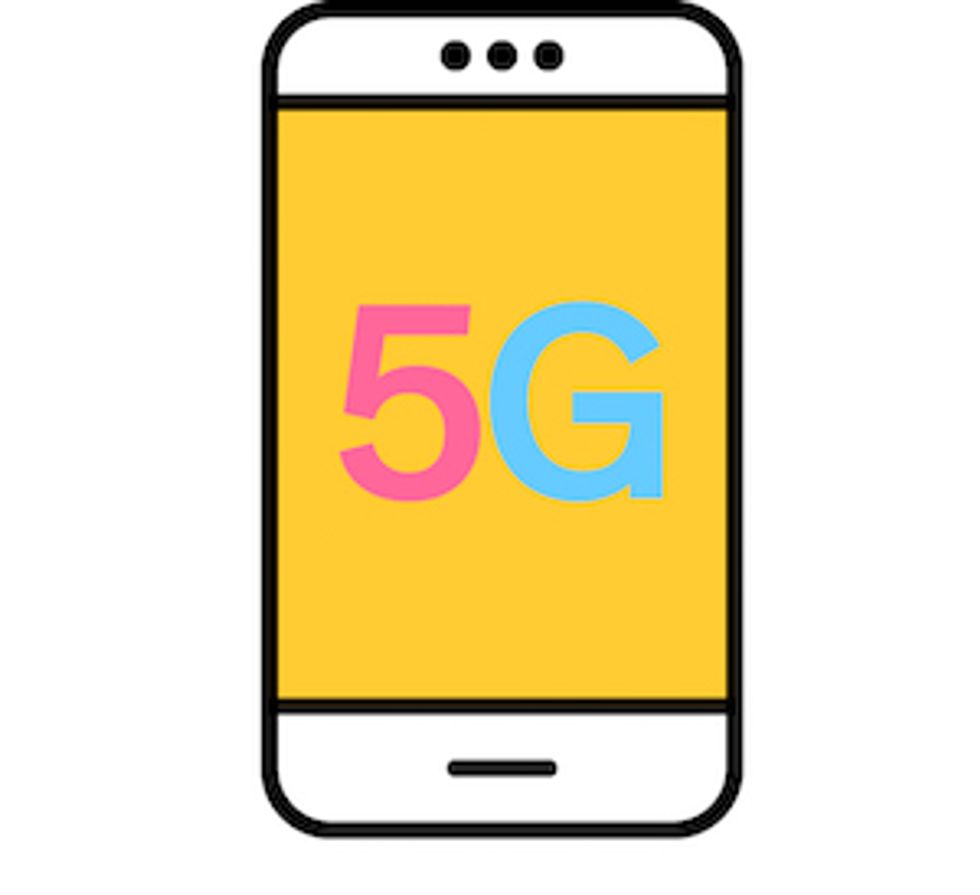FAQs
Beamforming is used with phased array antennae systems to focus the wireless signal in a chosen direction, normally towards a specific receiving device. This results in an improved signal at the user equipment (UE), and also less interference between the signals of individual UE.
How does beamforming work in 5G? ›
Beamforming is used with phased array antennae systems to focus the wireless signal in a chosen direction, normally towards a specific receiving device. This results in an improved signal at the user equipment (UE), and also less interference between the signals of individual UE.
What is massive MIMO and beamforming in 5G? ›
Massive MIMO (multiple input, multiple output) technology plays a key role in many 5G networks today, boosting throughput and capacity by enabling user-specific beamforming of the data channel.
How does beamforming technology work? ›
Rather than sending a signal from a broadcast antenna to be spread in all directions -- how a signal would traditionally be sent -- beamforming uses multiple antennas to send out and direct the same signal toward a single receiving device, such as a laptop, smartphone or tablet.
What are the parameters of beamforming? ›
It was found that several parameters can be used to manipulate the array beamforming. They are: ratio d/λ, ratio r/d, number of elements M, steering angle ϕ0, and weighting factors wm.
What is an example of beamforming 5G? ›
5G Beamforming uses multiple antennas to control the direction of a beam wave by appropriately weighting the magnitude and phase of individual antenna signals in an array of various antennas. That is, the same password is sent from multiple antennas that have sufficient space between them.
What is beamforming in layman's terms? ›
In simple terms, beamforming identifies the most optimal path for a signal to travel between the transmitter and receiver by focusing the energy of the transmitted signal in a specific direction.
Which is better MU-MIMO or beamforming? ›
Without beamforming, signals are sent in every possible direction. Beamforming and MU-MIMO work together. Since the signal is more efficiently used, MU-MIMO can help increase WiFi range and speed on a WiFi network.
What is the difference between beamforming and massive MIMO? ›
MIMO (Multiple Input Multiple Output) antennas operate by breaking high data rate signals into multiple lower data rate signals in Tx mode that are recombined at the receiver. Beamforming arrays are inherently different from MIMO in that the multiple columns of dipoles work together to create a single high gain signal.
What is the difference between beamforming and MU-MIMO? ›
Beamforming is also another way to understand MU-MIMO. Beamforming eliminates directionless transmission and instead sends signals toward the intended device. Beamforming thus helps MU-MIMO to increase both the speed and range of signals. Signals are sent from the access point to multiple but specific users.
Beamforming technology has been widely adopted in various applications such as wireless communication systems (e.g., Wi-Fi routers), radar systems, and cellular networks. It offers several advantages including increased data rates, improved coverage, reduced power consumption, and enhanced overall system capacity.
Should beamforming be enabled? ›
Implicit beamforming can improve the performance of most WiFi clients, including older devices. Implicit beamforming is enabled by default, but you can disable it from the router web interface.
Why is beamforming needed? ›
Beamforming is a technique used to improve the signal-to-noise ratio of received signals, eliminate undesirable interference sources, and focus transmitted signals to specific locations.
Does beamforming require multiple antennas? ›
A beamforming antenna uses multiple antenna elements to control the direction of a wave-front. By changing the phase of the individual signals in an antenna array the beam can be formed at an angle. The plane wave can then be directed in the desired direction.
What is three component beamforming? ›
Three-component beamforming is an array technique that provides the velocity v and the propagation direction θ of a wave crossing the array in a finite time window by analysing the wavenumber vector k (or short, the wave vector) of the recorded wave.
What is another name for beamforming? ›
One answer is that beamforming and precoding are two words for exactly the same thing, namely to use an antenna array to transmit one or multiple spatially directive signals.
What is the difference between MIMO and beamforming? ›
MIMO (Multiple Input Multiple Output) antennas operate by breaking high data rate signals into multiple lower data rate signals in Tx mode that are recombined at the receiver. Beamforming arrays are inherently different from MIMO in that the multiple columns of dipoles work together to create a single high gain signal.
What is the beam management procedure in 5G? ›
Beam management is a set of Layer 1 (PHY) and Layer 2 (MAC) procedures to establish and retain an optimal beam pair for good connectivity. A beam pair consists of a transmit beam and a corresponding receive beam in one link direction.
Does beamforming make a difference? ›
Beamforming can improve both the speed and range of your Wi-Fi connection. Tests have shown up to a 10% improvement in both aspects, which can be significant if you're trying to stream a video or conduct a video conference far from your router.
